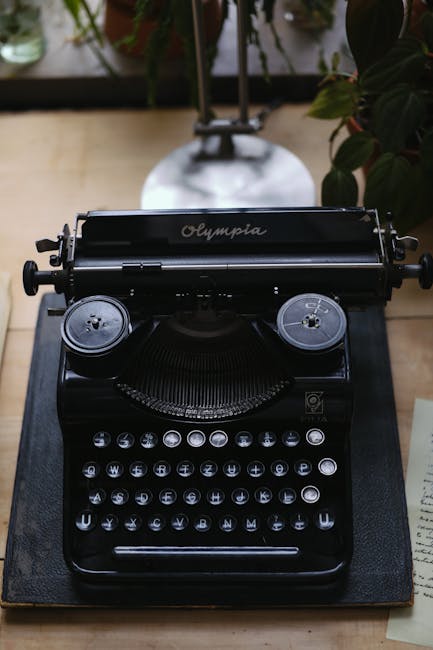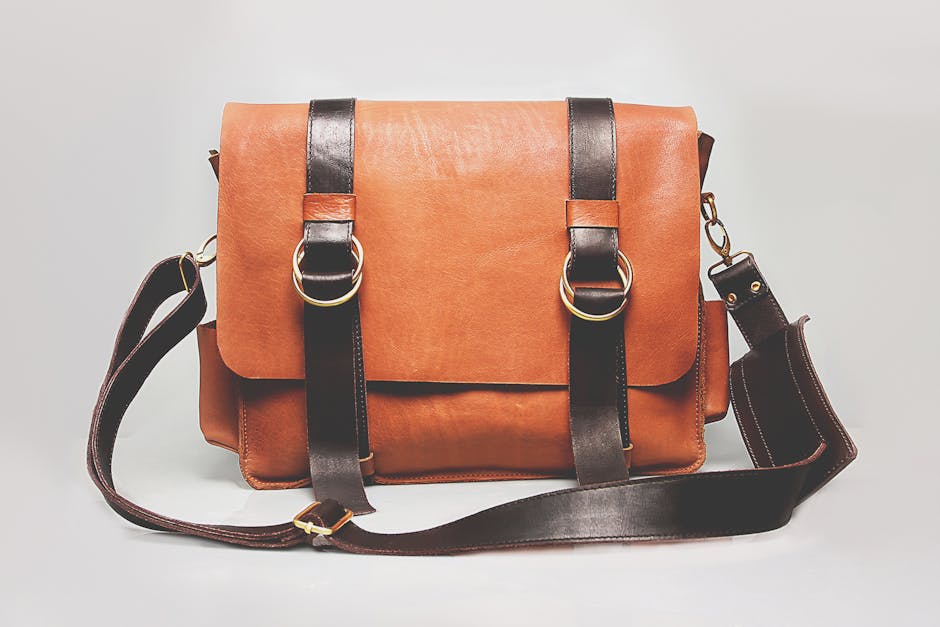Indoor Decoration Styles Explained: Mid-Century
Introduction
Mid-Century Modern: It’s everywhere! From your favorite design blogs to hit TV shows, this iconic style continues to captivate. But what *exactly* is it? This article breaks down the key elements of Mid-Century Modern interior design, helping you understand its origins, characteristics, and how to incorporate it into your own home. Get ready to explore the sleek lines, organic shapes, and timeless appeal that define this celebrated aesthetic.
Main Sections: Decoding Mid-Century Modern
Origins and Influences
Mid-Century Modern emerged in the post-World War II era, roughly spanning from the mid-1940s to the 1960s. It was a reaction against the ornate styles that preceded it, embracing:
- Optimism and Progress: A belief in a brighter, technologically advanced future.
- Scandinavian Design: Emphasis on functionality, simplicity, and natural materials.
- Bauhaus Principles: “Form follows function” – prioritizing practicality and clean lines.
- Affordability and Accessibility: Designing for the masses with readily available materials.
Key Characteristics of Mid-Century Modern Interiors
Identifying Mid-Century Modern design is easier than you think. Look for these tell-tale signs:
- Clean Lines and Minimalist Approach: Embrace simplicity. Clutter is the enemy.
- Organic Shapes: Think rounded edges, curves, and geometric forms inspired by nature.
- Emphasis on Functionality: Every piece serves a purpose. No purely decorative items.
- Use of Natural Materials: Wood (especially teak, walnut, and oak), glass, metal, and vinyl are common.
- A Focus on Open Spaces: Emphasizing flow and connection between rooms.
- Integration with the Outdoors: Large windows and sliding glass doors blur the line between indoors and out.
Color Palette and Textures
Color plays a crucial role in achieving the Mid-Century Modern look. Expect to see:
- Earthy Tones: Avocado green, mustard yellow, burnt orange, brown, and olive green.
- Bold Accents: Pops of teal, turquoise, red, and even pink.
- Wood Tones: Warm wood tones are fundamental.
- Textural Variety: Combine smooth surfaces (wood, glass) with textured fabrics (wool, tweed, linen).
Consider these texture tips:
- Layer Rugs: Combine a natural fiber rug with a shag rug for visual interest.
- Upholstery Matters: Choose furniture with textured fabrics like tweed, boucle, or leather.
- Add Natural Elements: Incorporate plants and wood accents to bring the outdoors in.
Iconic Furniture Pieces
No Mid-Century Modern home is complete without some iconic furniture pieces. Consider investing in reproductions or originals of:
- Eames Lounge Chair and Ottoman: A symbol of comfort and style.
- Saarinen Tulip Table: A pedestal table that eliminates clutter.
- Womb Chair: Designed for ultimate relaxation.
- Danish Modern Furniture: Pieces from designers like Hans Wegner and Arne Jacobsen.
- Credenzas: Sleek storage units with clean lines.
Lighting and Accessories
Lighting and accessories are essential for completing the Mid-Century Modern look:
- Statement Lighting: Sputnik chandeliers, arc lamps, and floor lamps with geometric shades.
- Geometric Patterns: Abstract artwork, textiles, and wallpaper with geometric designs.
- Minimal Accessories: Less is more. Choose a few carefully selected pieces.
- Artwork: Abstract expressionism, geometric prints, and atomic-era designs.
- Plants: Bring the outdoors in with large leafy plants like Monstera and Fiddle Leaf Fig.
Conclusion
Mid-Century Modern design offers a timeless blend of form and function. By understanding its origins, embracing its key characteristics, and carefully selecting furniture and accessories, you can easily incorporate this iconic style into your own home. Remember to focus on clean lines, natural materials, and a minimalist approach to create a space that is both stylish and comfortable. Now go forth and design!




Post Comment